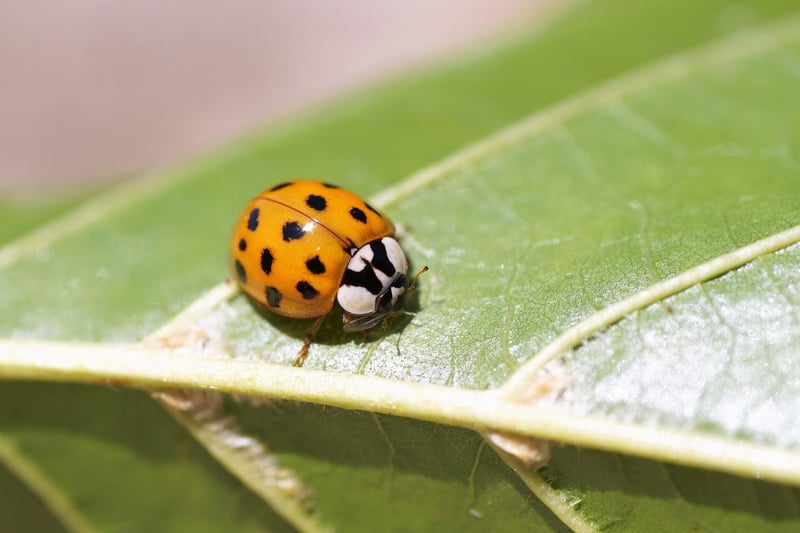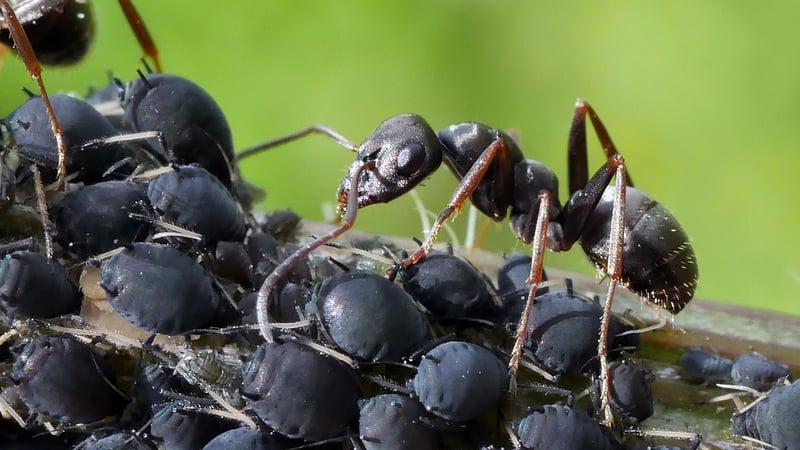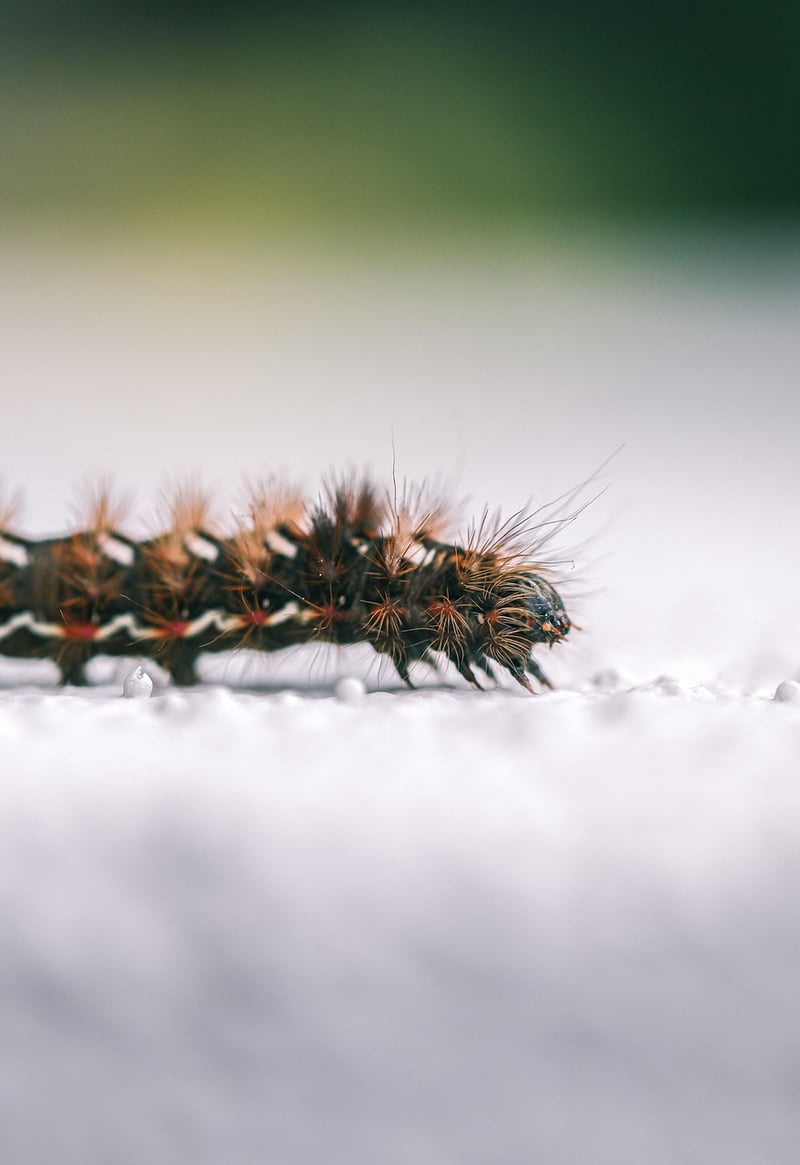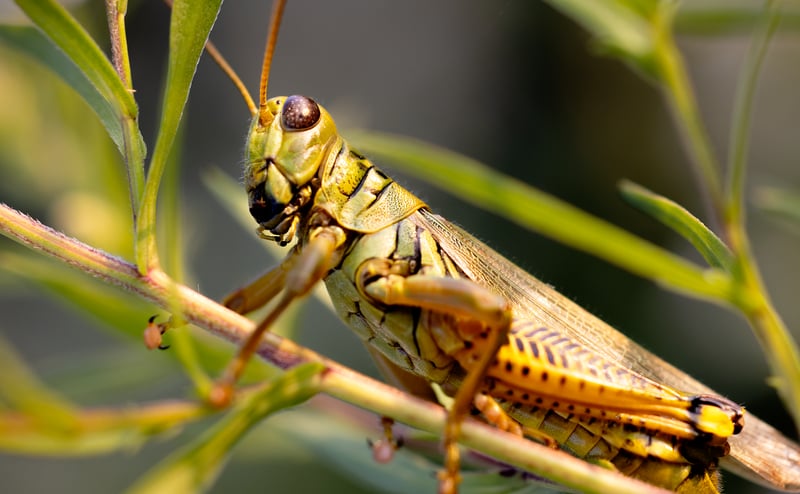Common Pests
Protecting Your Plants from Common Pests
Keeping your plants safe and healthy is a top priority for any gardener. However, pests can quickly become a nuisance and threaten the well-being of your beloved plants. By being proactive and knowing how to identify and deal with common pests, you can protect your plants and ensure a thriving garden.
Identifying Common Pests
Before you can effectively protect your plants, you need to be able to identify the common pests that may target them. Some of the most prevalent garden pests include:
- Aphids: These small insects feed on plant sap and can quickly multiply, causing damage to leaves and stems.
- Slugs and Snails: These slimy creatures feed on plant leaves, leaving behind holes and slime trails.
- Caterpillars: The larvae of butterflies and moths, caterpillars can devour leaves and flowers if left unchecked.
- Spider Mites: These tiny pests suck sap from plants, causing leaves to yellow and become stippled.
- Whiteflies: These small, white insects congregate on the undersides of leaves and suck plant juices.
Protecting Your Plants
Once you've identified the pests in your garden, it's essential to take action to protect your plants. Here are some effective methods to keep common pests at bay:
- Natural Predators: Encourage beneficial insects like ladybugs, lacewings, and parasitic wasps that feed on garden pests.
- Handpicking: Remove pests like caterpillars and slugs by hand and dispose of them appropriately.
- Neem Oil: Use neem oil, a natural insecticide, to control aphids, spider mites, and other pests.
- Row Covers: Protect your plants with physical barriers like row covers to prevent pest infestations.
- Companion Planting: Plant pest-repelling herbs like basil and marigold near susceptible plants to deter pests.
Conclusion
Protecting your plants from common pests requires vigilance and proactive measures. By learning to identify garden pests and implementing effective pest control strategies, you can safeguard your plants and promote a thriving garden ecosystem.




Remember, a healthy garden is a happy garden!
